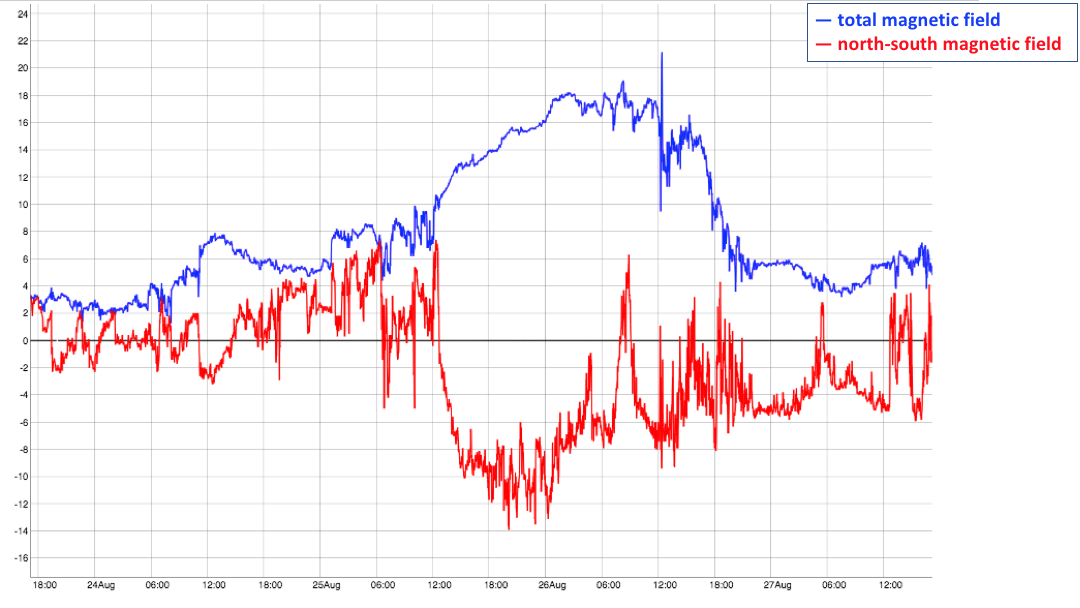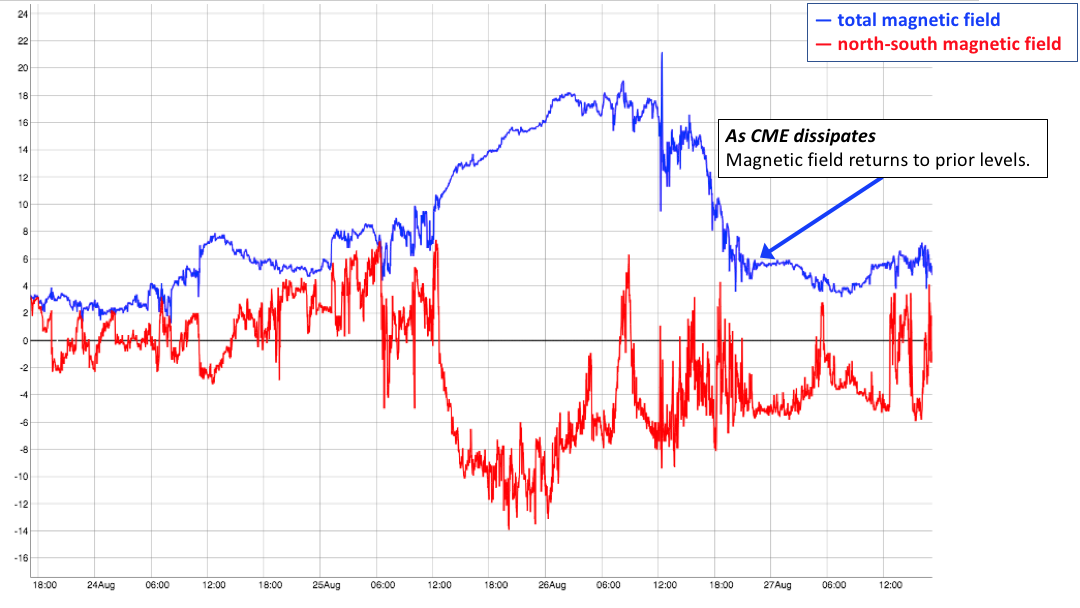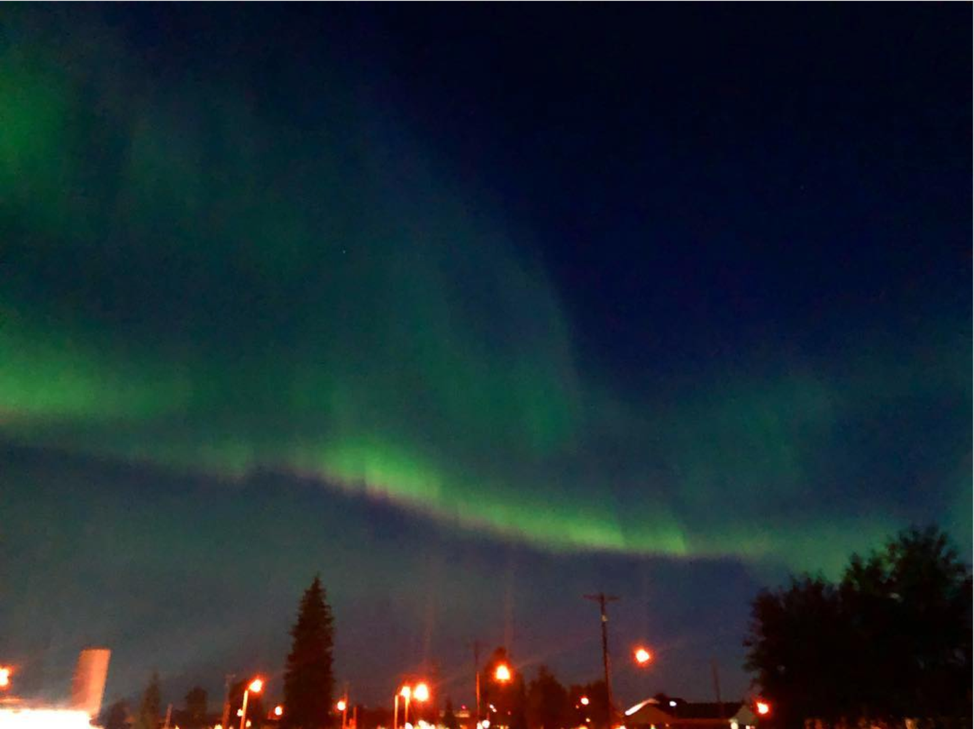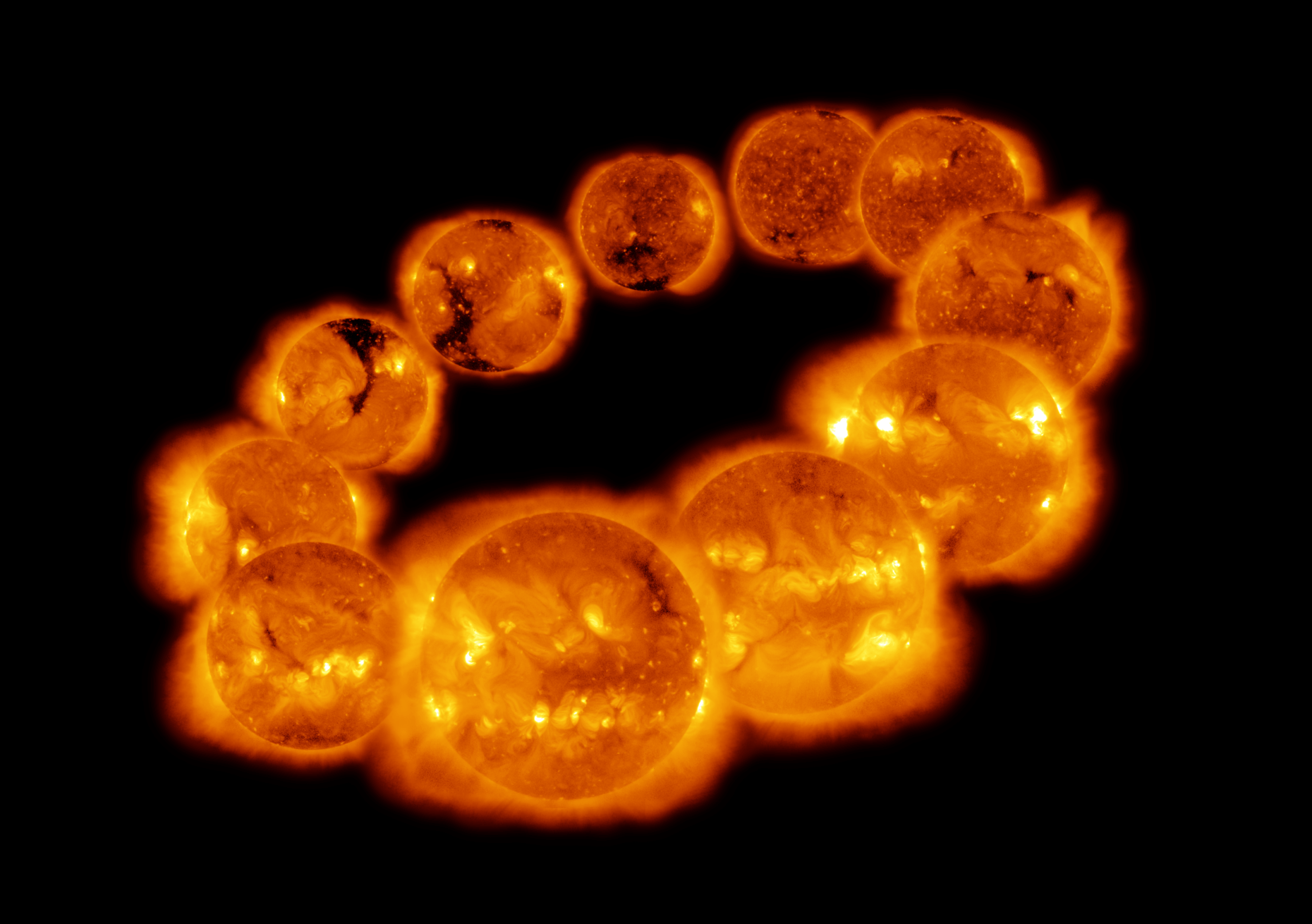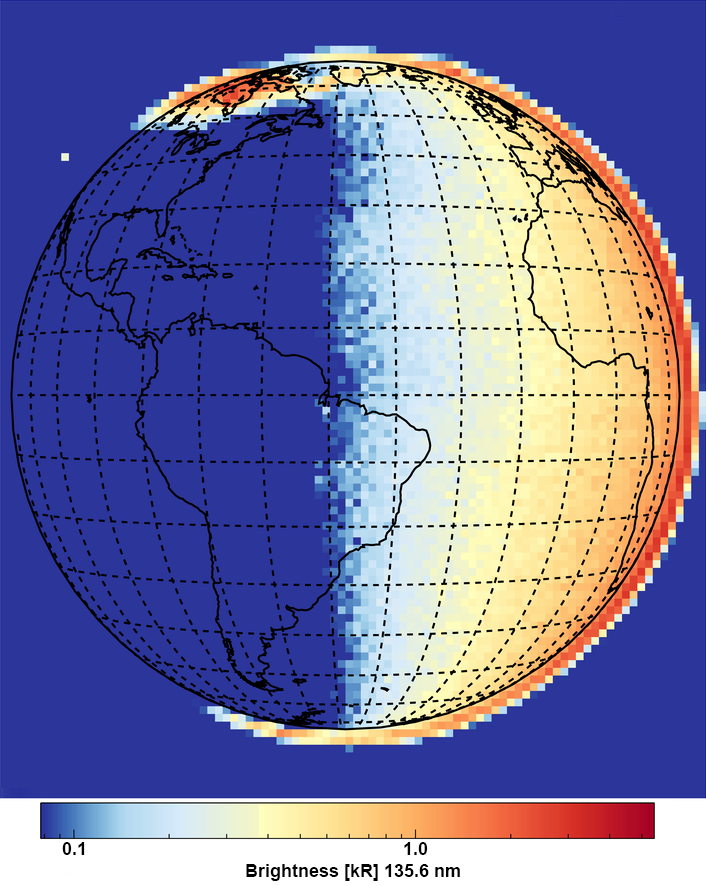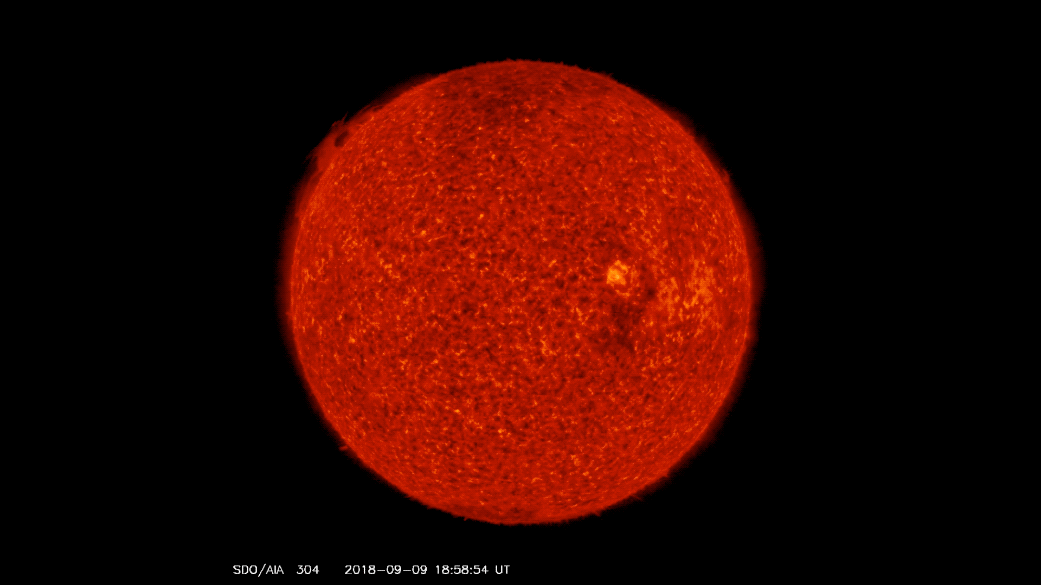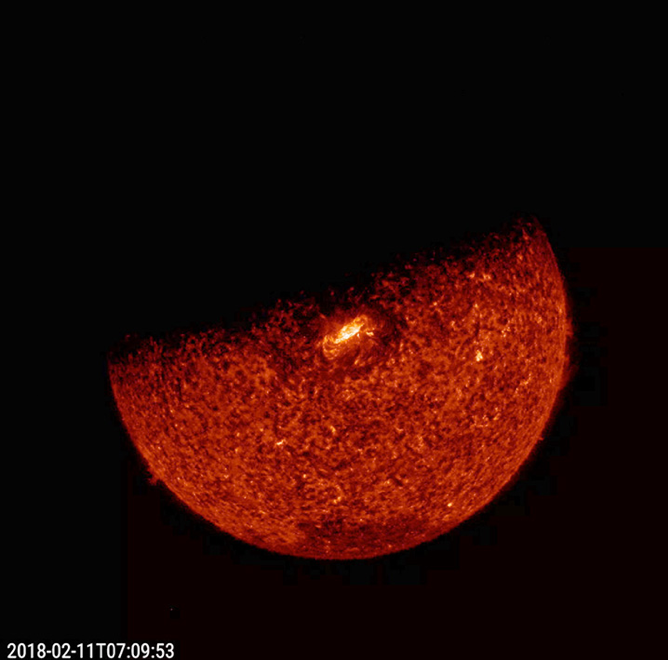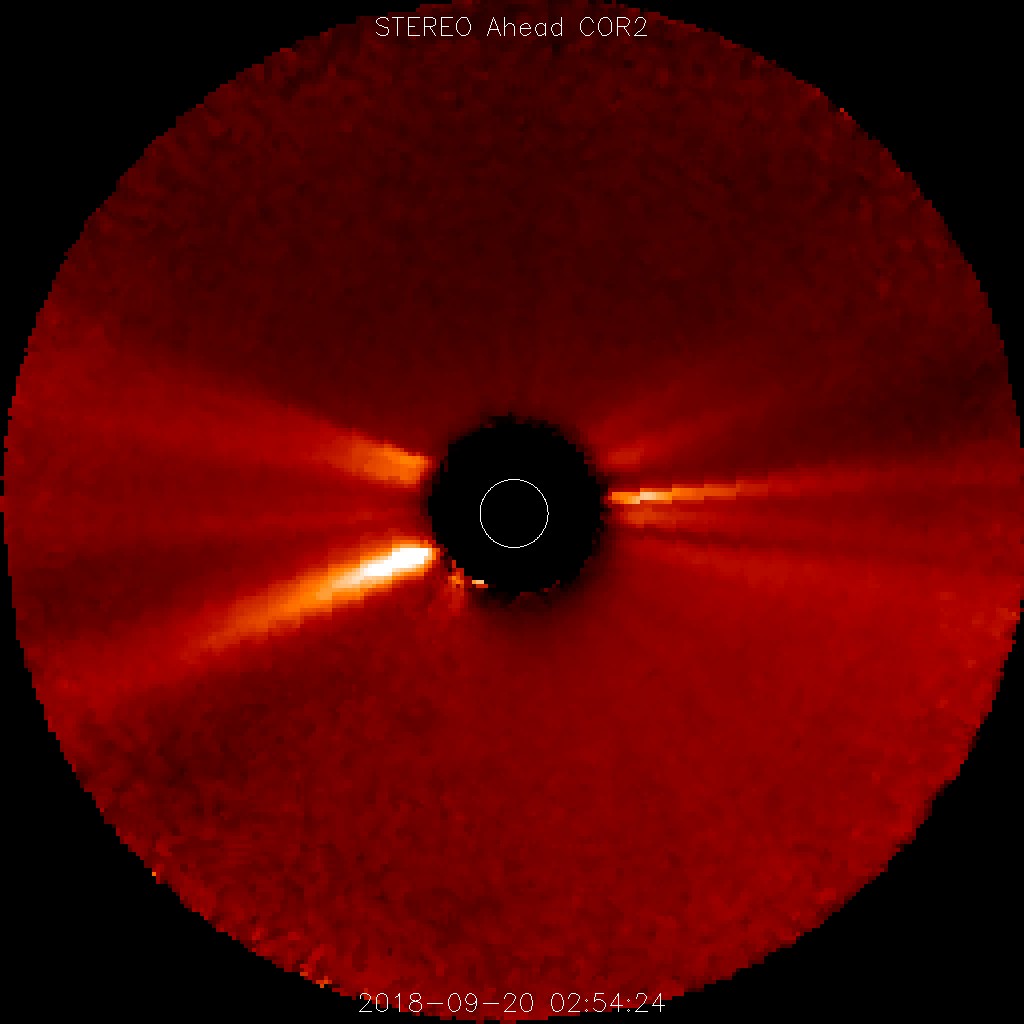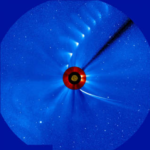By Susannah Darling
NASA Headquarters
In 2012, Voyager 1 — one of a pair of deep-space probes launched in 1977 — crossed into a part of space no other spacecraft had ever seen: the interstellar medium. At over 11 billion miles from the Sun, several crucial changes were detected in the data Voyager 1 was sending back to Earth – key observations to show that Voyager 1 was entering interstellar space.
All the planets in the solar system are surrounded by a constant outpouring of material from the Sun, called the solar wind, which creates a giant bubble called the heliosphere. Eventually, this solar wind peters out, held back by the wind coming from other stars – and this is the boundary that Voyager 1 crossed. (The gravitational effect of the Sun extends much further, so the solar system itself continues out trillions of miles, with additional asteroids and cometary bodies orbiting our star.)
Now, recent data from the Voyager 2 spacecraft gives us the first indication it too is about to cross over the heliopause — the final boundary of the heliosphere — to interstellar space. Scientists are looking to what happened in Voyager 1 observations to estimate where Voyager 2 is in its own journey. As Voyager 1 neared that border, it began to see more particles that originated outside the heliosphere and fewer that originated from inside it. It also observed that the magnetic field that Voyager 1 was experiencing changed in magnitude, increasing beyond what was typical within the rest of the heliosphere.
Naturally, scientists are watching for similar clues in Voyager 2 data. In September 2018, the spacecraft’s Cosmic Ray Subsystem, or CRS, began to measure an increase in galactic cosmic ray particles that are hitting, interacting or passing through Voyager 2. Our heliospheric particles can be differentiated from galactic cosmic rays by their energy levels: while heliospheric particles have energy signatures above .5 MeV, galactic cosmic rays have much higher energies — over 70 MeV. The increase that the Voyager 2 CRS has seen in 2018 is similar to the jump that Voyager 1 first saw back in May of 2012.
The following graph shows the data from Voyager 1 around the time it crossed over the heliopause. The vertical scale of the graph is the count rate of the galactic ray particles, or how many particles per second are interacting with the CRS on average for each day. The horizontal scale of the graph is the time, from Jan. 1, 2018 to March 14, 2019. (Note: the time has been shifted forward 6.32 years, to line up with the Voyager 2 data in the next graph). Reading from left to right, showing Voyager 1 CRS data over time, the observations show more and more of the high energy particles from the interstellar medium – indicating that the farthest reaches of the solar wind is increasingly unable to halt the progress of the incoming galactic cosmic rays.

This next graph adds the observations from Voyager 2’s CRS from September 2018, overlaid on top of the Voyager 1 data from 2012:

Note how similar the two data sets are. This is our first hint that Voyager 2 is crossing through a region similar to the one that Voyager 1 did – it’s nearing the heliopause. Perhaps the data will continue to match up perfectly – and we can expect Voyager 2 to cross out of the heliosphere by January 2019, three months after first spotting elevated galactic cosmic rays, just as Voyager 1 did.
But, perhaps not.
There are several differences between Voyager 1 and Voyager 2 that make the exact date of the crossing difficult to predict.
For one, Voyager 2 is travelling at a different angle than Voyager 1. Voyager 1 is travelling at a northern angle to the solar equator, while Voyager 2 is travelling at a southern angle. This is because of a change at Saturn, where Voyager 1 took a detour to take a closer look at Titan while Voyager 2 continued its original path. As the exact shape of the heliosphere at the boundary is not well known, these different trajectories mean that it is difficult to determine where exactly Voyager 2 will cross into the interstellar medium.

Voyager 1 also travels at 38,027 mph, while Voyager 2 goes at a reduced pace of 34,391 mph. That 3,636 mph, a 10% difference, means that Voyager 2 may take longer to cross the heliopause than Voyager 1.
Finally, there’s also the difference in the solar cycle – when Voyager 1 crossed the heliopause, the solar cycle was approaching a maximum, the phase of its cycle when it’s most active and expelling the most material. But as Voyager 2 nears the heliopause, the Sun is approaching solar minimum. This means the heliosphere itself may change shape and size, which also makes it more difficult to predict exactly where or when the heliopause will be crossed. It could take longer to cross over the heliopause, or it could happen much faster due to all these factors.
Once Voyager 2 crosses from the heliosheath into the interstellar medium, the galactic cosmic rays will level out, or plateau, much like they did with Voyager 1. Then the heliospheric particles will lessen and die down, and the magnetic field might increase in magnitude. These are the trends Voyager 1 saw, and we can expect to see them again.
Scientists will also be watching for a whole new set of observations: Voyager 2 still has an instrument powered on that was not working on Voyager 1 when it crossed the heliopause. Voyager 2’s Plasma Science instrument can measure the density, temperature and speed of the solar wind plasma, which may give more information about the differences between the heliosphere and the interstellar medium.
So, when will we get there? We’re not exactly sure — but that’s the exciting part.
Learn more about the Voyager missions and keep an eye on The Sun Spot for more information as we follow Voyager 2 into the unknown.


